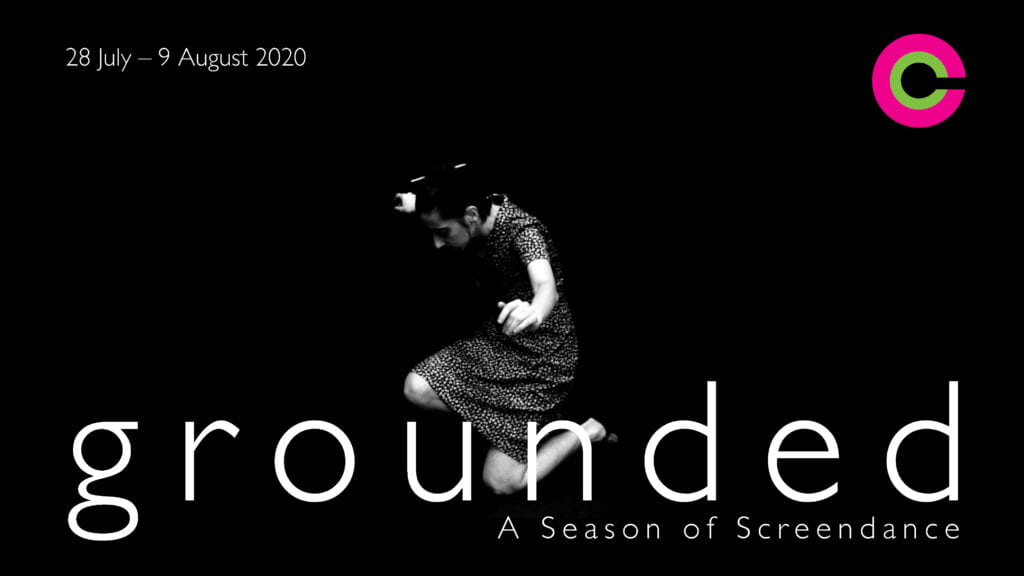HLF funded project “Spanish Flu in the aftermath of World War One, in Brighton and East Sussex” and Covid 19.
The Centre for Memory, Narrative and History (CMNH) has been working with local community arts organisation Inroads Productions on a project funded by the Heritage Lottery Fund, which explored the relatively untold history of the Spanish Flu in the Brighton and Hove area in the wake of World War One.

The project was designed with two main stages of development. In Stage 1, Autumn 2019, working also in partnership with Brighton General Hospital and the AHRC funded Public Engagement Centre Gateways to the First World War, Inroads Productions delivered research workshops using creative learning (drama, writing, dance) with young people in schools and colleges and community groups including Windmill Youth Theatre and Hillcrest Art Start and assembled a range of oral history interviews from the descendants of families affected in Brighton and materials ready for an exhibition.

Stage 2 was due to take place in Spring 2020 and involved working with a group of people drawn from the original groups to devise a performance informed by their learning about the Flu, including some interpretation of the collected oral histories. The two final events were to be open to the general public, with performances at Brighton General Hospital (where Spanish Flu patients had been treated) and the University of Brighton, along with an exhibition of materials, including photos and recordings; and host talks by academic experts about Spanish Flu and World War One.
“There was always a silence. I remember in my nan’s parlour … she had an old penny with peoples name on. They did lose people. They didn’t talk about it they didn’t want to go back to the heart ache”
Oral history volunteer about the end of the War as well as the Flu
The performance and exhibition were to be called Breaking the Silence, as the participants discovered that the pandemic was permeated by silence – it was downplayed by the government, and deaths were often covered up by families ashamed that their family member had died of influenza rather than heroically in the War. Indeed the end of World War One itself was shrouded in silence as traumatised returning soldiers did not want to talk about it and the social protocol of the time was to keep silent about painful experiences. This sense of loss and trauma has reverberated through generations ever since, and carries other emotions of guilt, shame, anger and fear, that are embodied as ‘trace memories’ in family stories.

Covid 19 and changes to the project.
In the light of the coronavirus pandemic, and in discussion with the funders, there was no option other than to cancel the planned exhibition and performances. As it became clear that the virus was going to cause disruption to live events for the foreseeable future, project partners agreed to transfer all of the material on to a newly created website, incorporating oral history clips, academic talks, creative writing and visual art, and information about the Spanish Flu in Brighton, as well as sections on local impact, hidden histories and daily life in the town. The overall theme is still about Silence, how people kept stories within families. The website should be live by August 2020.
CMNH are continuing to work with Inroads Productions and investigating the correlations around Silence during the pandemics for 1918 and 2020. 100 years ago the public experience of the Spanish Flu was often hidden and contained, and wartime propaganda meant that the levels of infection were played down, and of course there was no hope of a vaccine.

In 2020, the public arena is the opposite of silence: the competing voices of the media, politicians, scientists and pundits, mean there is a level of noise and conflicting information that makes it difficult for people to really understand what is going on – whilst simultaneously, being forced to stay silent in isolation at home for example or grieve silently for lost loved ones or to stay silent with different opinions in the face of the approved narrative. This is a very public crisis whilst simultaneously being very private.
Notions of silence around care, death, grieving and mourning, both in 1918 and now, are of particular interest and especially the ‘everydayness’ of this. How it is all impacting on local people in reality? Sara Clifford, Director of Inroads Productions says that she is looking forward to pursuing an “in depth exploration of current approaches to these themes and how they link to silence. Who is allowed to say what and where and when? How will people remember this period in history? Are those feelings of guilt, shame, blame, anger and fear resonating again in the children, grandchildren and great-grandchildren of the War? How will these stories be told and who will hear them in the future.” CMNH will be working with Inroads Productions, taking this important work forward in the form of further collaborative projects and grants. In the mean time Inroads Productions and their project team are working hard to create the website, which will eventually be up live at inroadsspanishfluproject.co.uk
Dr Sam Carroll, Sara Clifford, Pat Drake, Lucy Newby, and Dr Deborah Madden.
Centre for Memory, Narrative and Histories at the University of Brighton and Inroads Productions
In recognition of this important work the team are delighted to report they have just been supported to take the work forward via the University of Brighton Covid-19 Research Urgency Fund.
































